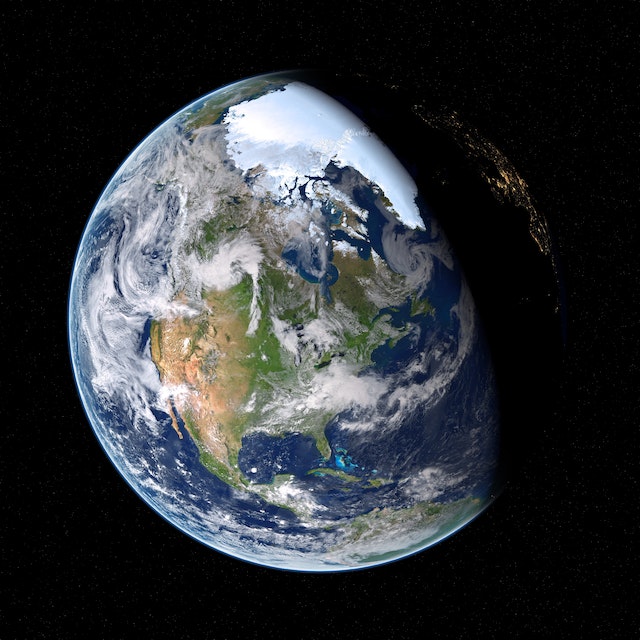Solar storms, also known as solar flares or coronal mass ejections (CMEs), are powerful eruptions of energy and particles from the Sun’s surface. While they are a natural phenomenon, they can have potential impacts on Earth and other planets in our solar system.
Solar storms can cause disruptions to satellite communications, power grids, and other technological systems. They release streams of charged particles that, when directed toward Earth, interact with our planet’s magnetic field. This interaction can generate geomagnetic storms, which can interfere with electrical systems on the ground.
Space agencies like NASA closely monitor the Sun’s activity and make efforts to forecast and predict the occurrence of solar storms. They utilize various space-based observatories and ground-based instruments to study the Sun and its behavior. However, accurately predicting the intensity and exact path of a solar storm is challenging, and there is always a degree of uncertainty involved.
In terms of preparedness, efforts are underway to improve the resilience of our infrastructure against the potential impacts of solar storms. Power grid operators, for example, can take measures to minimize the risk of damage and disruption, such as implementing geomagnetic storm forecasting and developing strategies for power system management during such events.
Additionally, spacecraft and satellites can be built with shielding and protective measures to reduce their vulnerability to the effects of solar storms. NASA and other space agencies work to ensure the safety of astronauts and the integrity of spacecraft during space missions by closely monitoring solar activity and taking necessary precautions when necessary.
It’s important to note that if there were any specific warnings or updates from NASA regarding a massive solar storm set to hit Earth, Venus, and Mars, the most reliable source of information would be NASA’s official channels, including their website and social media platforms. Staying informed about the latest updates and following the guidelines provided by scientific organizations is crucial for being prepared for any potential space weather events.




